I recently taught a Balance Workshop at Yogalife. At the end of the workshop, I couldn’t believe that I only covered about 1/8 of my notes! So very ambitious am I! The workshop went so well that I will most definitely offer another workshop on the same topic sometime in the new year, a workshop in which we will explore yet more balance techniques.
Balance is the key to all aspects of life. I have always found it intriguing that hatha yoga starts with the physical, the most tangible part of who we are (we can hold our own arm, but we literally cannot touch our minds or spirit) and that from a simple physical posture, layers and layers of our entire being are touched upon and deeply influenced. In this workshop, we practiced the art of physical, mental, and spiritual balance via the physical practice of Asanas (postures).
Why is Balance important? Besides the obvious answer that being able to balance prevents falling, a person who has a balanced body also lives a balanced life. Interestingly, learning to master the balance poses reinforces other aspects of our lives directly having to do with balance. Yoga teaches the integration of the physical and the spiritual. If we neglect one area, we sabotage success in other areas of our lives.
The list below covers the various layers of our entire being that need to be tended to equally in order to live a balanced life. Again, I find it intriguing that doing balance poses in yoga, directly affects and reinforces all of the following facets that make a whole person and that from a simple balance pose, we go from BODY to a broader PERSPECTIVE present within each human being:
- Spiritual (includes meditation, contemplative time, solitary walks in nature)
- Intellectual
- Psychological
- Social (community, relationships)
- Professional
- Recreational
- Physical (includes healthy diet, core strengthening and stretching via hatha yoga practice, cardiovascular activity)
Doing balance poses helps to put all the pieces together to allow for a great balanced foundation. In fact, balance poses work directly with the First Chakra, also known as the Root Chakra. The Root Chakra, a vital energy center, directly influences our foundation. The Root Chakra or First Energy Center governs the feet, ankles, legs, knees and tailbone. First Chakra or First Energy Center is about learning to stand on our own two feet. It is about overcoming our fears, including the primal fear of death, and about feeling rooted to the earth. The First Energy Center, the Root Chakra, represents being connected to the element Earth, to nature, to self, to home, to place, to family, to community, and it represents building healthy relationships. When we begin to master all that balance represents in our lives, we learn to live joyfully!
How can we improve our overall balance? Here is another list:
- Walking and practicing looking ahead and not down. Of course, while walking, we constantly scan the surface upon which we tread to look for inconsistencies on our path, but mostly we look ahead. Very important NOT to walk with your eyes looking down at your feet or at the trail or pavement. Look ahead of you and scan the ground as well!
- Dancing
- Walking around carrying something
- Doing action that requires hand/eye coordination
- Build Core Strength (This does not just mean strengthening abdominal muscles. We must build strong legs, hip muscles, buttocks, feet, and strong backs.) This can be done using gym equipment or doing various other physical activities. This can also be done via hatha yoga!
Here are some techniques that were covered during the Balance Workshop:
- We talked about the three points on the foot! Heel, ball of foot, point between the little toe and next toe over on the fleshy part of the sole of foot.. three points to press into while practicing balance poses:
- Walk around the room on tip toes with arms up in the air. Don’t let your heels come down and do look straight ahead of you. This will strengthen feet, calves and overall core strength:

Strengthen feet, calves, and core. Walk around the room looking straight ahead of you. Incidentally, this pose also helps boost metabolism!
- Pelvic Tilts (on your back, tilt pelvis to the earth, back and forth, find your core)..we also practiced Lying Bound Angle Pose to open the hips (Supta Baddha Konasana)
- Go to the wall, lie on the floor on your back, top of head facing the wall, arms extended to the wall. At first knees are bent. Do a pelvic tilt. Extend one leg, calf muscle to the floor and see if you can press your LUMBAR to the floor. Do this with eyes closed so you memorize the feeling. Repeat to the other side. Not too hard! Now extend one leg and then the other. NOT SO EASY! It is unusual that you can keep your back firmly to the floor because buttocks are in the way…. but you are trying to keep lumbar down as both legs extend. This is the same effort and pelvic tilt needed for standing poses:

As best as you can, extend both legs, while still reaching for the wall, and try to keep the pelvic tilt. Close your eyes and try to remember the sensation of trying to work the abdominals so strongly.
- Side plank! This will ignite the oblique muscles in your torso needed for standing balance poses. Below, I demonstrate side plank on elbows. Can also be done with one hand to the floor (instead of elbow), which is easier for some. Another good core strengthener is to do plank on both elbows, head looking down at the mat.

That’s it! Right way. Work feet strongly into the mat, raise the hip up to the sky. Practice on both sides. Make sure elbow is directly under shoulder and that hip bones are stacked one over the other.
- Great to do with a group: Standing, form a circle and everyone comes to tree pose (at first. right foot comes up) and hold hands with each other. We form a giant tree circle. Focus on lifting up from the hip, using the pelvic floor muscles.
- I demonstrated how hard I push the bent knee’s foot into the standing leg’s thigh! I placed a strap between my foot and standing leg’s thigh and had one workshop participant pull the strap. He pulled hard. He didn’t win! I ended up hopping toward him, but my foot stayed in place. The pushing foot is very active:

Press heel into thigh! No one should be able to pull the strap away from you because you are pushing so hard through the heel.

Tree Pose: helps cultivate a concentrated mind, a mind that can focus as the task at hand, promotes a mind that can be clear!
- I showed how we tend to fall. When balancing on ONE foot, no one ever falls toward the outside foot…every one falls toward the INSTEP. So we practiced falling toward the instep and caught ourselves. Then we practiced strengthening the INSTEP by using a technique Marie Svoboda taught me long ago. Think of your feet forming a “T” or a “mushroom”, one foot is the cap of the mushroom the other foot is straight. The cap of the “mushroom” covers the toes of the straight foot. If your right foot is the cap of the mushroom or the cap of the “t’, then place your arms over head (hands to elbows) and twist to the right. This asks your “cap” foot to use the instep muscles, thus developing the instep! This exercise also helps to develop the oblique (side abdominal) muscles. Do 3x-5x on each side. This is the best exercise I know to strengthen the feet:

Part II: Twist towards the foot that eclipses the toes, or the top foot. Do this 3x- 5x to the right, switch feet position and do to the left, as taught by Marie Svoboda.
- Tree pose with ONE partner. I raise my right leg in tree and my partner raises his/her left leg in tree and we hold hands until we feel we have the balance. Eventually let go of your partner if you feel balanced. This can also be done at the wall if you are practicing alone.
- Tree by yourself!
- Swing legs: standing, hands on hips, don’t move pelvis, swing one leg forward and back…then same leg swings left to right and pelvis stays still. Don’t use momentum. Use strength. Go slowly.
- Drishti point (focal point): I talked about how detrimental it is to only look to the ground when walking and how research shows that this actually atrophies the PROPRIOCEPTORS (used for balance!) of the brain. Children never look down when walking. Elderly often do because of fear of falling and this has negative consequences on over all balance! Look ahead of you and scan the ground and your surroundings constantly when walking. Practice this EVERY DAY! NOTE how children walk! NOTE how elderly walk. Walk like a child! When balancing in Yoga, look ahead of you!
- We practiced having one finger close to the eyes, another ahead in the distance. Look at the one close up…quickly look at the one behind the other. the one in front blurs. Back and forth. Practice observing your peripheral vision. Look straight ahead of you and at the same time, see who is to your left and who/what is at your right:
- Eagle pose: first at the wall, wrap legs and practice going up and down. Do the full pose away from the wall. Look past your arms. Practice Drishti (focal point) see how your arms seem to disappear as you look past them.
- Tip Toe pose. Stand on tip toes with arms out to a “t’ position. Palms face up! Twist to one side and hold. Do second side. Strengthens core!

Tip Toe pose. Arms equal distance apart. Raise heels! Keep heels together if possible. Palms facing up at shoulder height.
- Chair at wall! …you will feel your hamstrings for days! Also, practice chair pose (Utkatasana) away from the wall.

Chair at the wall. Press lumbar flat against the wall. 90 degree bend at the knees. Strengthens core and legs!
- Half Moon: first we worked on stretching the legs while on the floor…then we practiced strengthening the hip as if reaching for something on the ground while standing on ONE leg, back and forth and then finally half moon! Everyone held it beautifully.

The block is still hovering over the floor. Don’t let it touch. Go back up to the starting point and repeat 3 x on each leg.
- Dancer’s pose: at the wall, grabbing one foot and holding the wall with one hand to get the mechanics of the pose. Great thigh stretch. Then we tried away from the wall:
I hope this is helpful! I think the most important aspects to remember is that there is a PROCESS involved in balancing:
- Build Strong feet
- Build Strong core
- Keep your feet grounded by rooting through the three points of the feet
- Develop your Drishti point (focal point) and looking ahead of you and not downward!-even when walking in every day life to build your proprioceptors
- Build strong legs, buttocks, hamstrings, quads, and hip muscles
- Develop flexible hips and hamstrings (In keeping with true yoga, you are required to be both strong and flexible!)
- Clear your mind, breathe, and believe in yourself.
Benefits of balance poses: they help us to become physically , mentally, and spiritually balanced. They help strengthen all the aspects of First Energy Center. Most important is that balance poses help us have clarity of mind and to be able to focus on the task at hand!














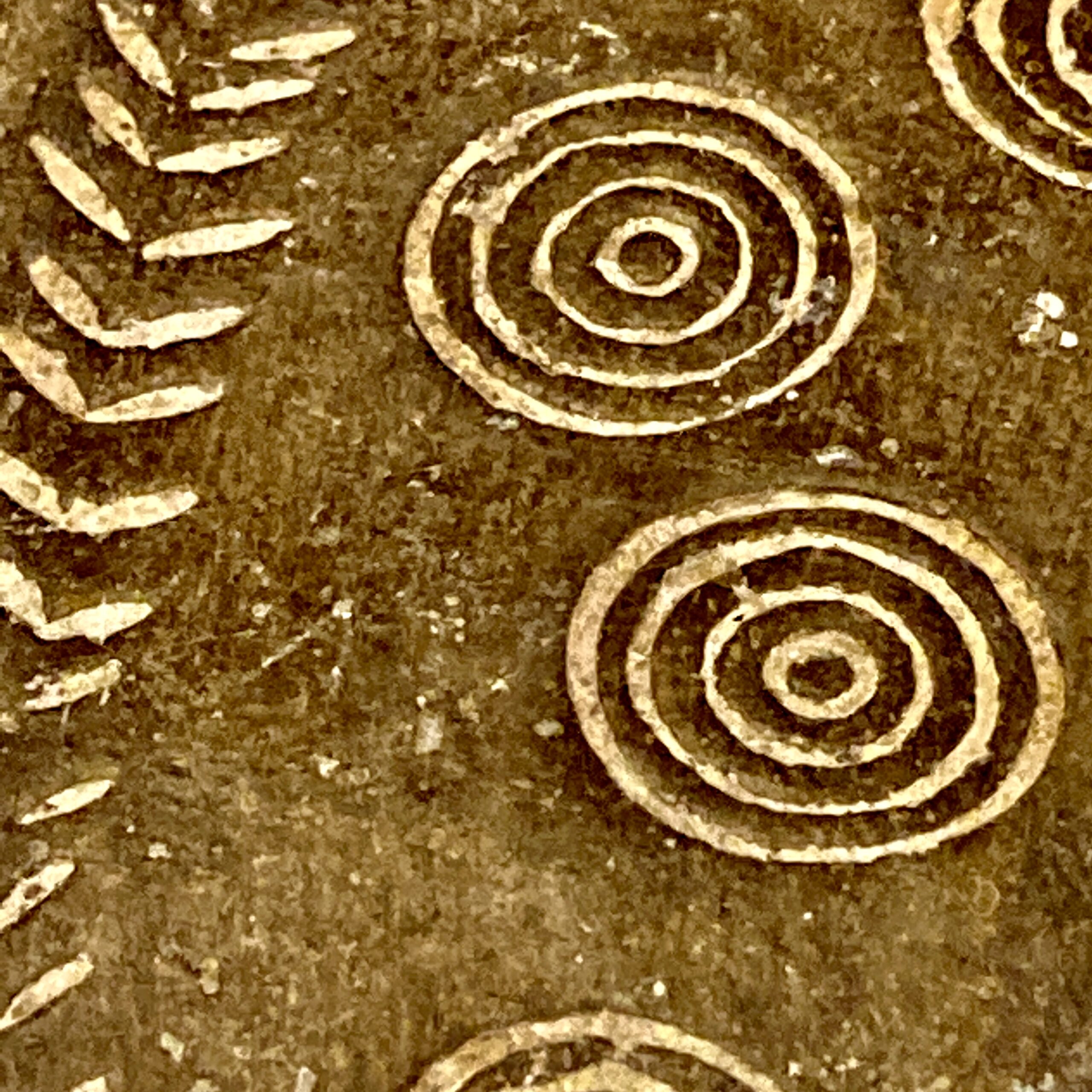
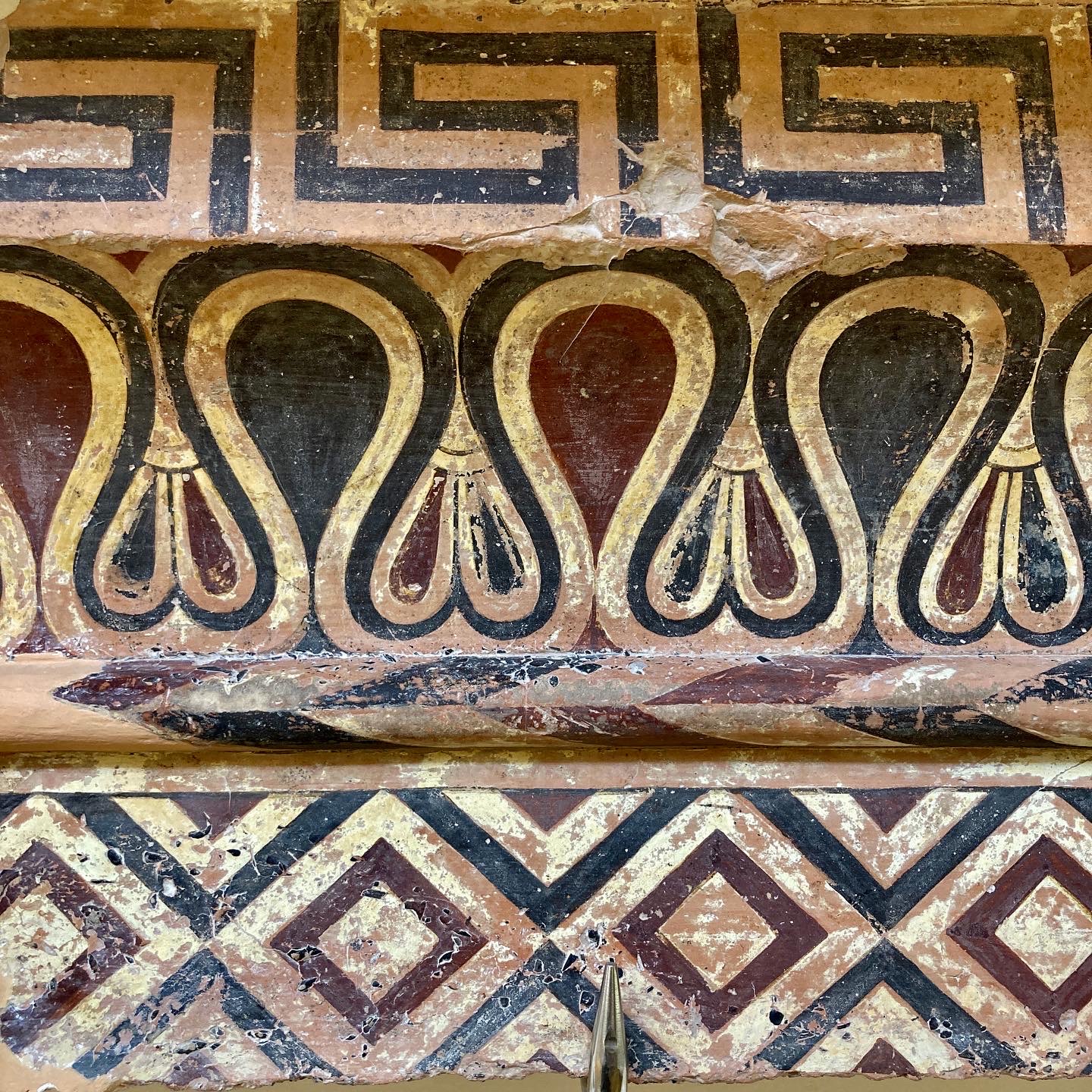
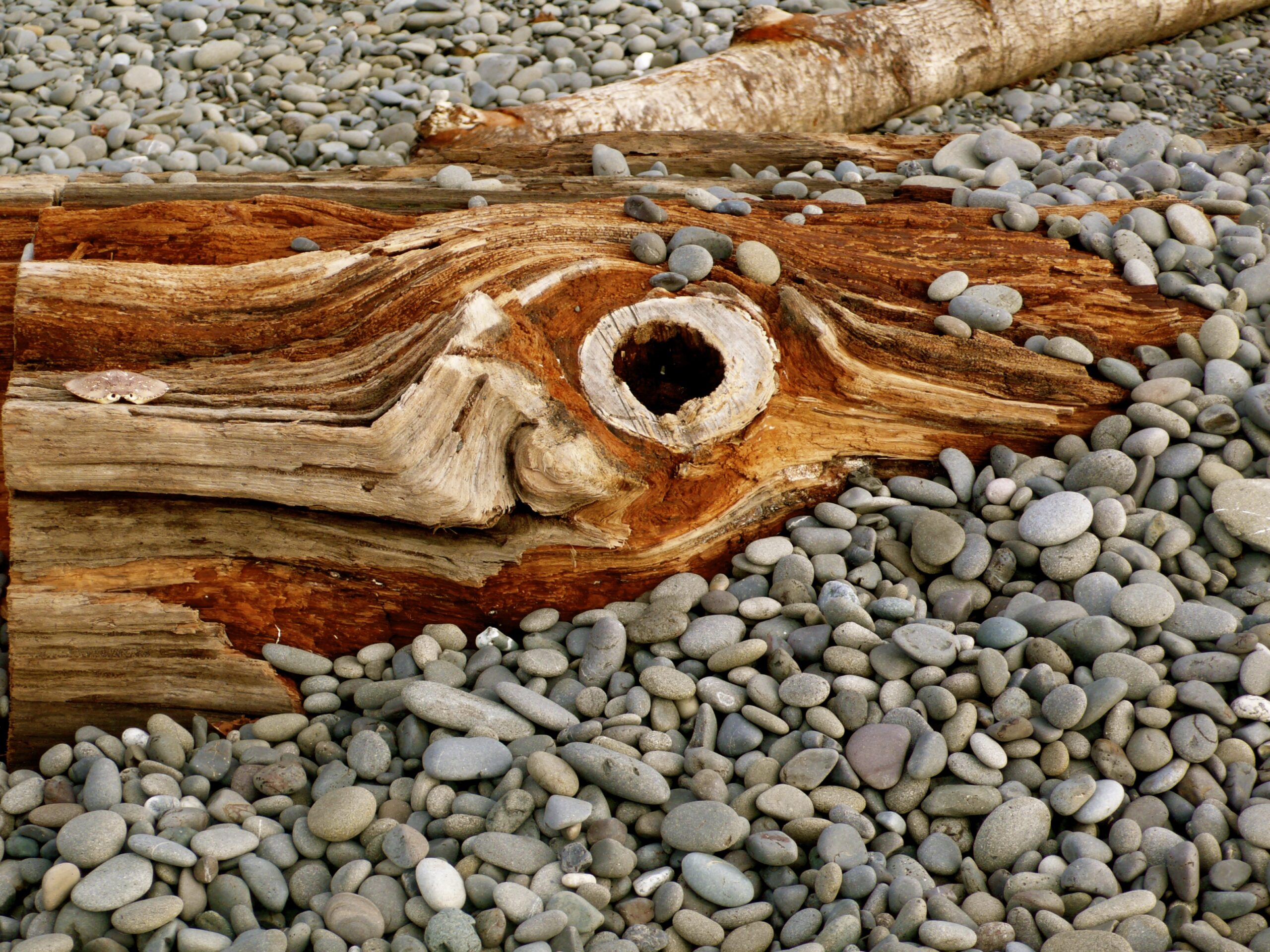
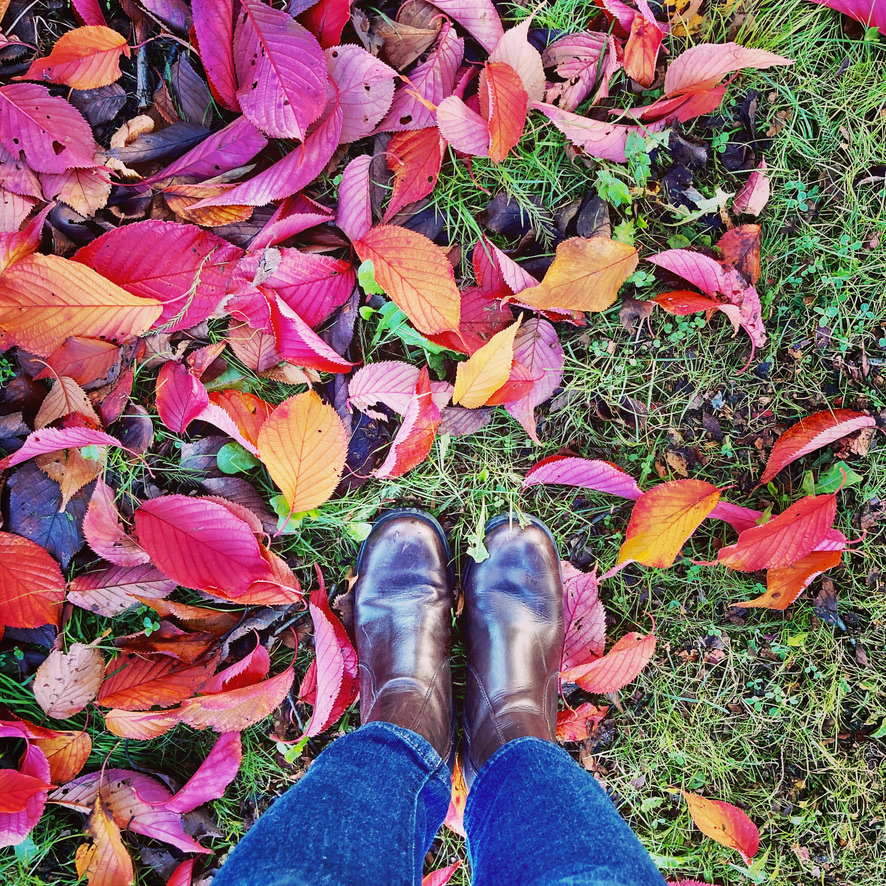
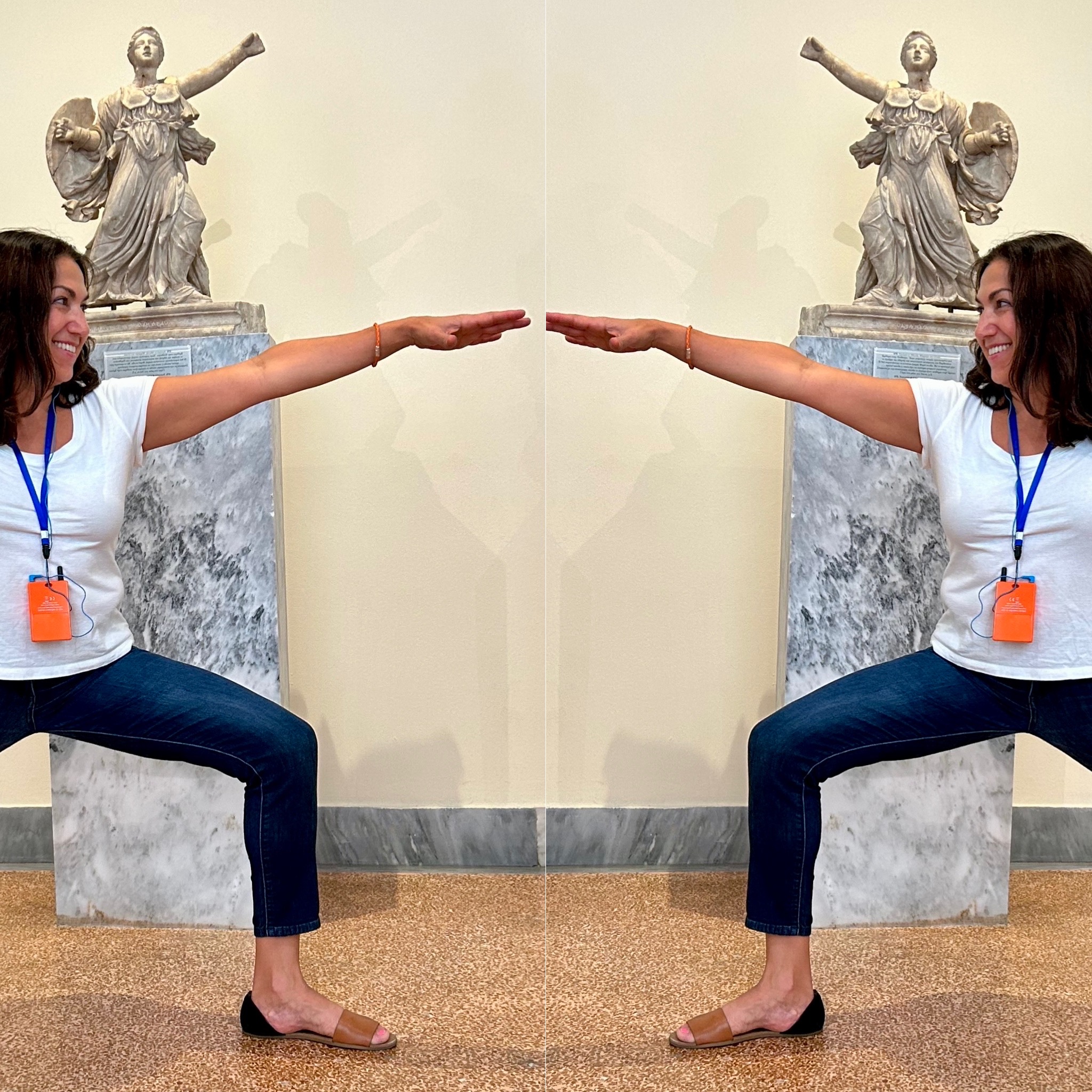
Great info..thank you for sharing!!!
You are welcome, Karen! -Fran
Love doing balancing poses! Wish you lived closer so I could attend your next balance workshop, looks wonderful.love you, Nora
Thanks, Nora! I wish we lived closer to one another, too! Nest time I visit you in Indiana, I will do a balance workskhop! love, Fran
Wow–what a generous post–I feel like I attended the workshop! Thank you for all the tips and background information. Very helpful.
Thanks, Laurie! And that was only the surface of other areas to explore for balance. I will be sure to let you know when the next workshop happens on the subject of balance. -Fran
Fran, this was a truly marvelous workshop. I look forward to the next 1/8th and the next 1/8th and the next…..
Thank you, Martha! So glad you were there and even happier that you will be at the next ones, too! Fran